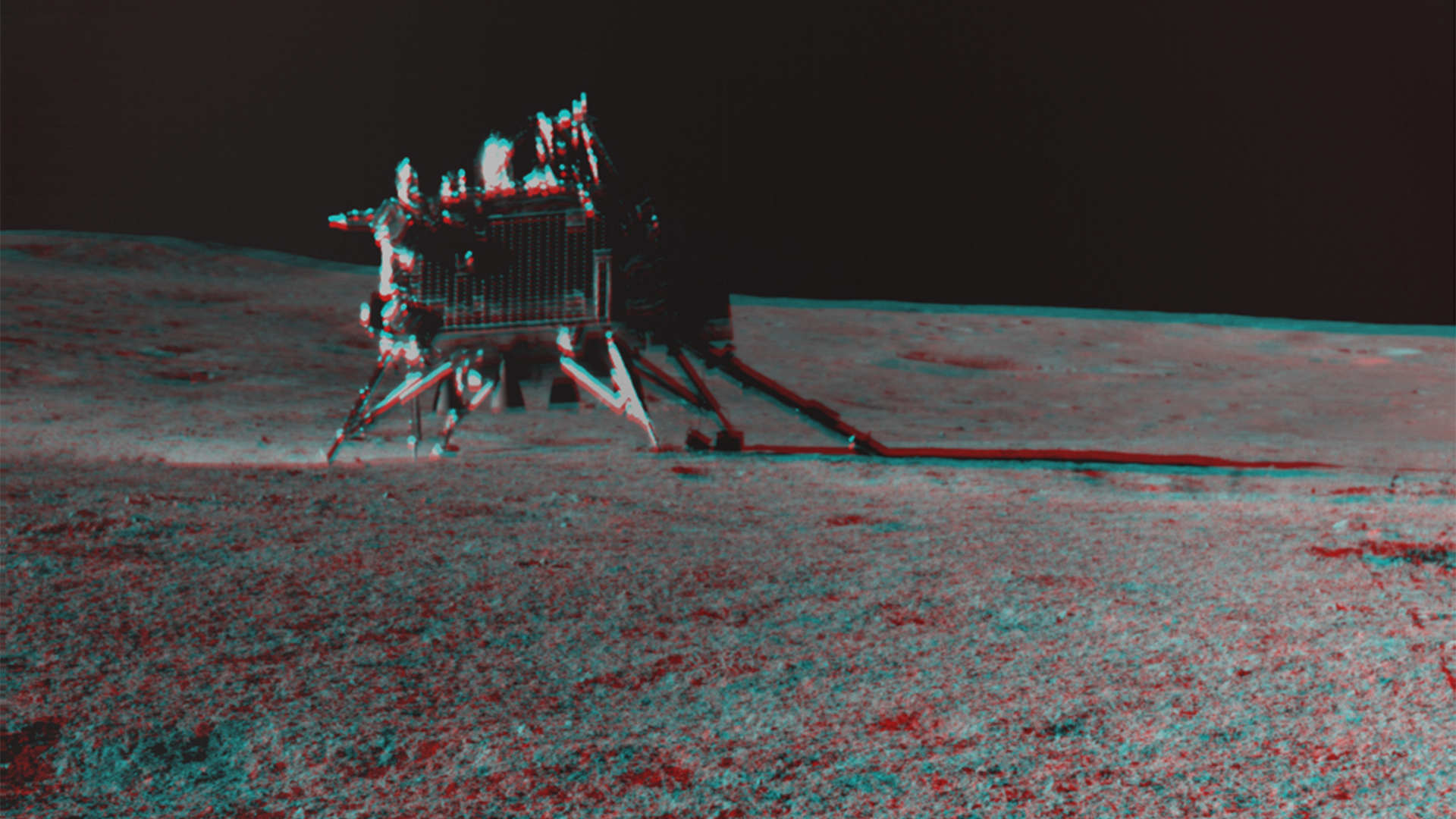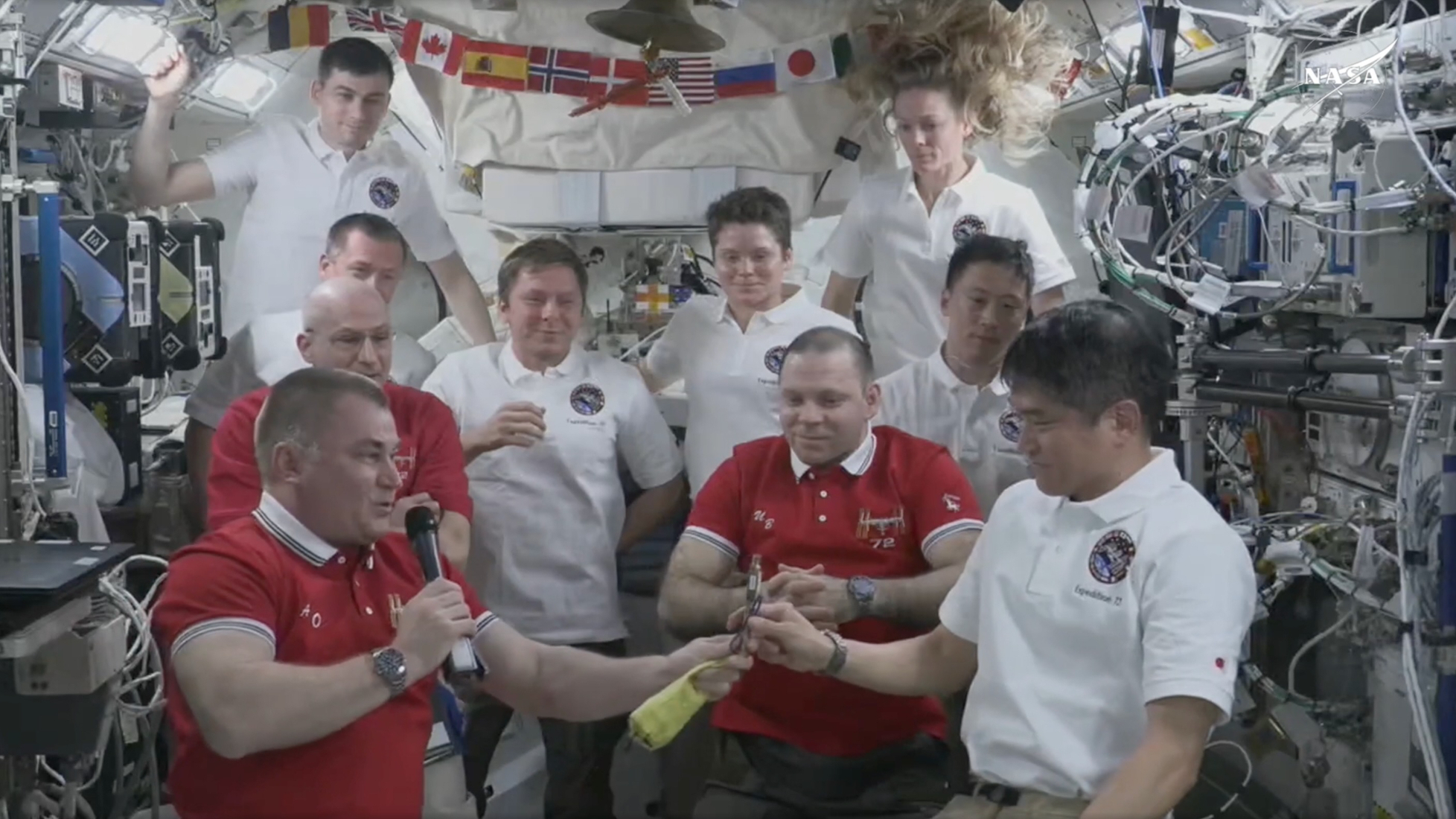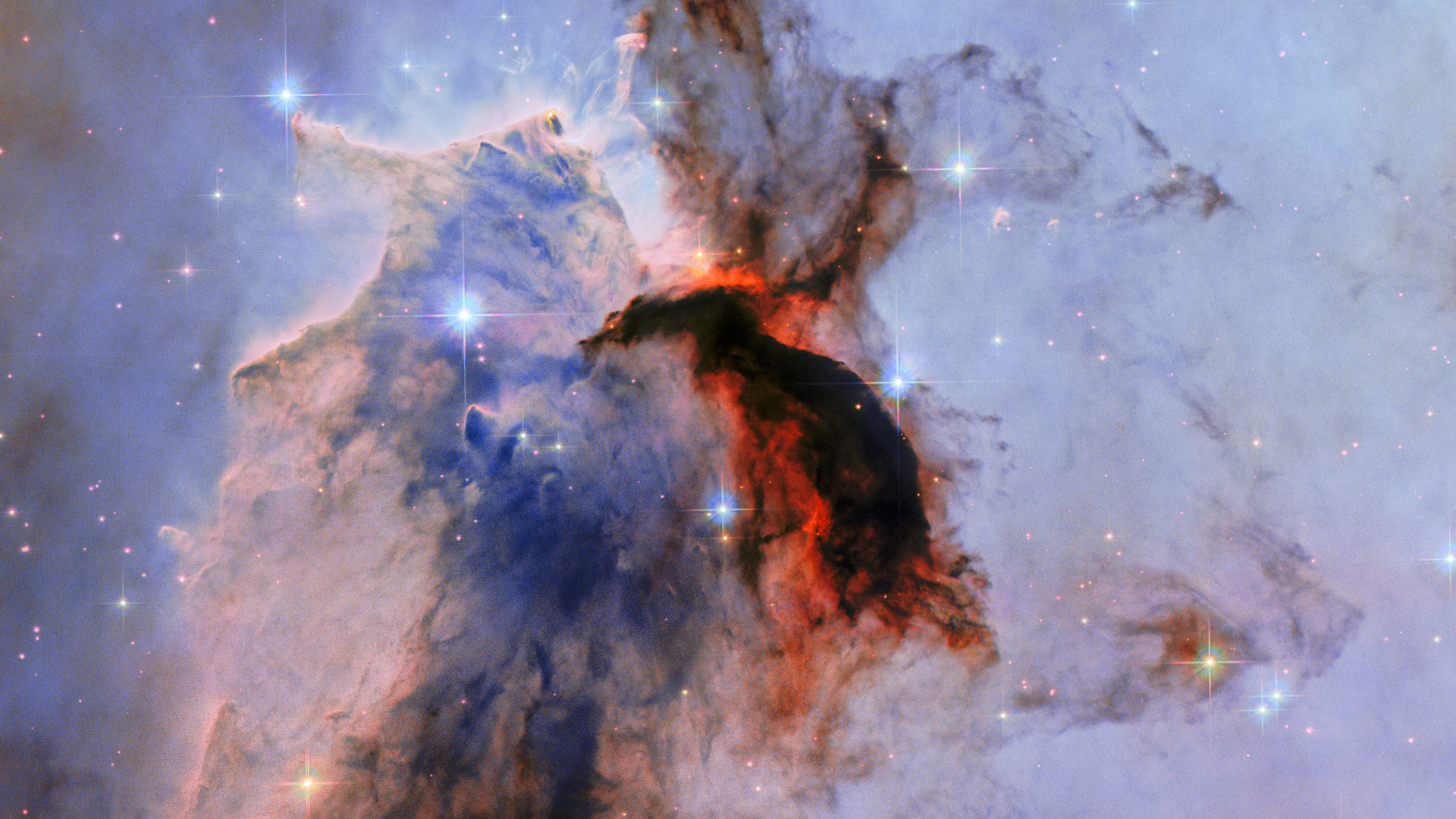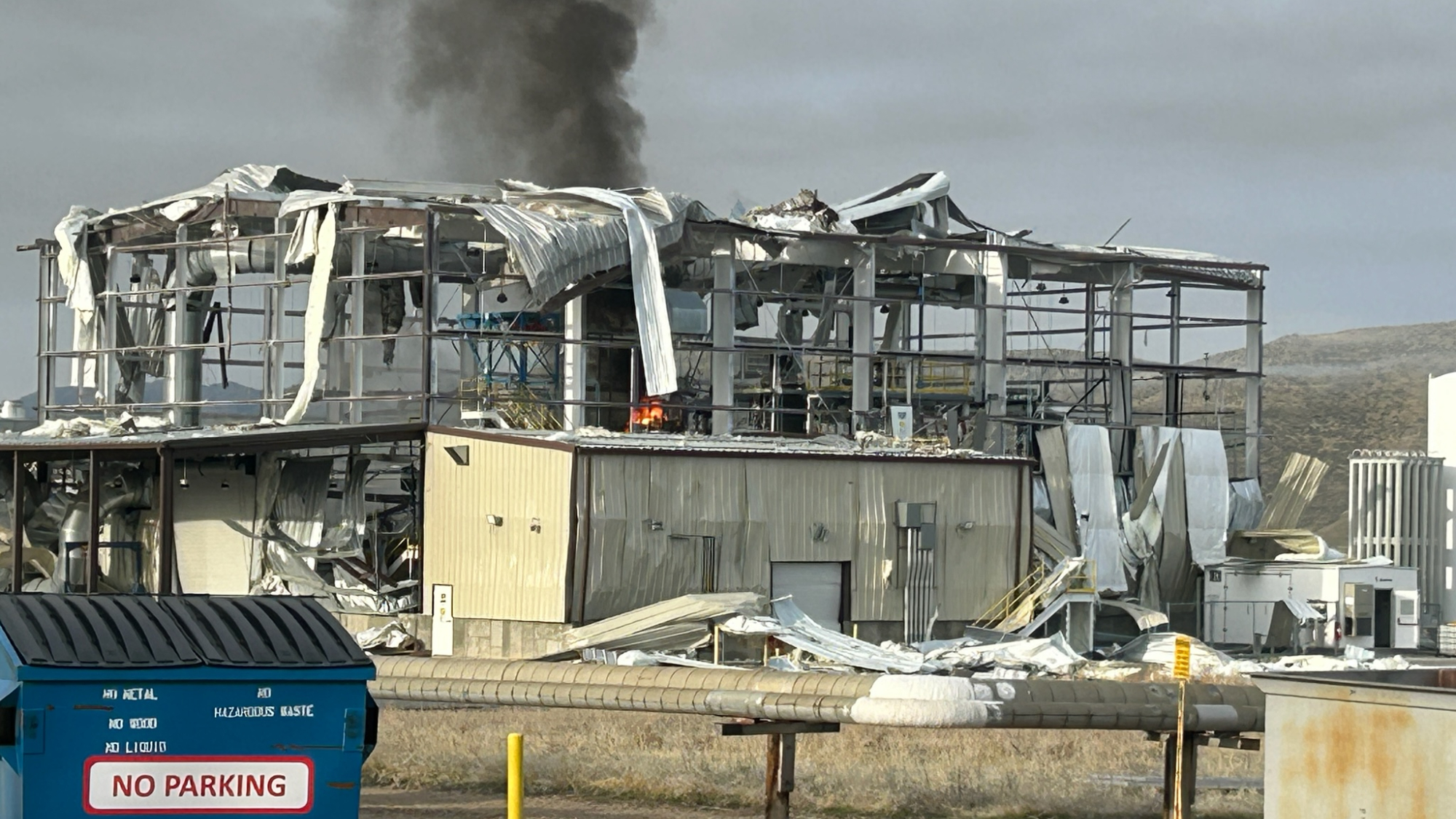India returns Chandrayaan-3 moon mission's propulsion module to Earth orbit
'The mission objectives of Chandrayaan-3 have been completely met.'

The spacecraft that ferried India's Chandrayaan-3 lander-rover duo to the moon has returned home — sort of.
In a surprise announcement on Monday (Dec. 4), the Indian Space Research Organisation (ISRO) said it had moved Chandrayaan-3's propulsion module out of lunar orbit and placed it high above Earth for a bonus mission, where it now survives on leftover fuel. The new experiment will demonstrate technologies that will help Indian scientists bring samples from the moon to Earth someday, ISRO said.
The propulsion module, a box-shaped component of the Chandrayaan-3 spacecraft powered by solar panels, now circles Earth every two weeks. ISRO has not revealed what it plans to do with the spacecraft when it runs out of fuel.
Related: Chandrayaan-3: A complete guide to India's third mission to the moon
On Nov. 22, the module reached its closest point to Earth, coming within 95,000 miles (154,000 kilometers) of the planet's surface, ISRO officials said. That was still high enough up, however, to be safely away from other satellites.
"As per current orbit prediction, there is no threat of close approach with any operational Earth-orbiting satellites," said ISRO.
Earlier this year, the propulsion module completed its main task when it placed Chandrayaan-3's robotic lander and rover in a tight orbit around the moon, prior to their historic landing near the south pole in August. The module then moved to a slightly higher orbit around the moon for a science experiment, studying our planet to assist with the search for Earth-like exoplanets.
Get the Space.com Newsletter
Breaking space news, the latest updates on rocket launches, skywatching events and more!
By the end of one day on the moon — about a month to us Earthlings — the module had 220 pounds (100 kilograms) of fuel left after its primary operations. By then, the primary objectives of the mission had been accomplished, so ISRO decided to bring it back to Earth, the space agency said in the Dec. 4 statement.
In early October, the module was boosted from 93 miles (150 km) above the surface of the moon to a little over 3,100 miles (5,000 km). To gain the momentum required to return to Earth, it whirled around the moon four times before making its way home, said ISRO.
Chandrayaan-3's robotic explorers notched several huge milestones and collected valuable science data after landing in August at a spot that India calls Shiv Shakti Point. (The moniker is yet to be accepted by the International Astronomical Union, the authority responsible for assigning official names to celestial objects and their landmarks.)
In a first, the six-wheeled, solar-powered rover Pragyan spotted sulfur in lunar soil, which reveals insights about the moon's volcanic past and could also help space travelers build infrastructure on the moon. The lander Vikram made history of its own when it used a thermometer-like probe to measure the temperature of the moon's soil, the first such in-situ measurement ever taken, scientists have said.
The duo went silent in late September, missing a wakeup call that coincided with the sun's reappearance at their site at the end of the long, cold lunar night. But there's no shame in that; the two robots earned their (now apparently permanent) rest.
"The mission objectives of Chandrayaan-3 have been completely met," said ISRO.
Join our Space Forums to keep talking space on the latest missions, night sky and more! And if you have a news tip, correction or comment, let us know at: community@space.com.

Sharmila Kuthunur is a Seattle-based science journalist focusing on astronomy and space exploration. Her work has also appeared in Scientific American, Astronomy and Live Science, among other publications. She has earned a master's degree in journalism from Northeastern University in Boston. Follow her on BlueSky @skuthunur.bsky.social









